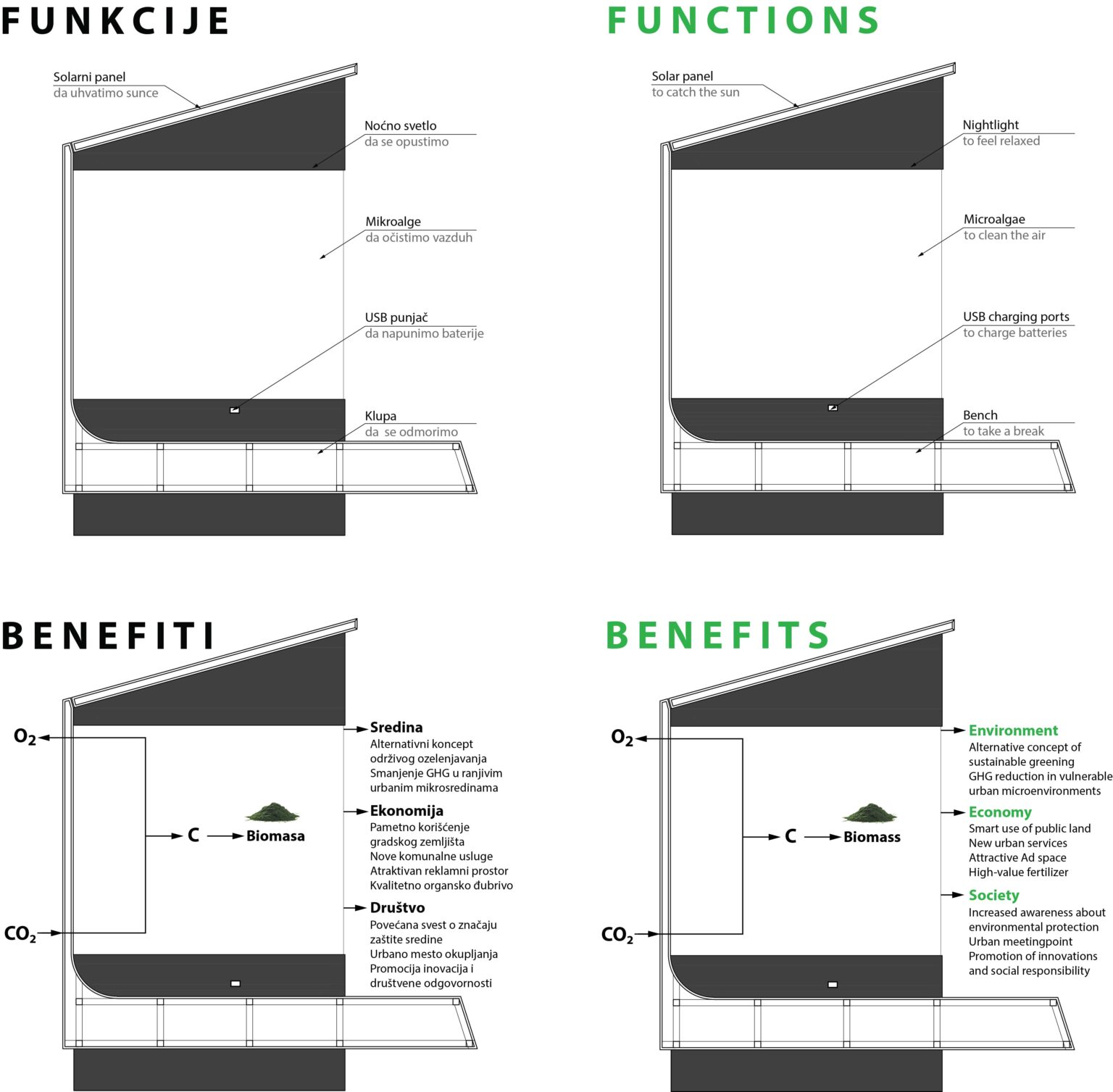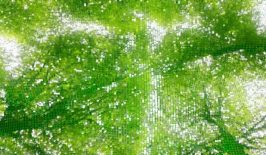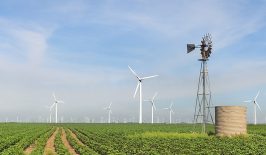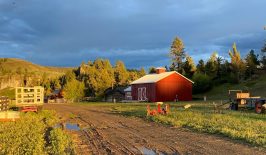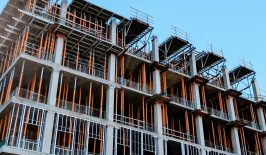Pollution continues to be an issue for many countries around the world. Around 300,000 Europeans a year die prematurely due to pollution, and this issue becomes even more pronounced in dense urban areas.
Liquid 3 is a Serbian project which aims to introduce a new approach to city greenification. They have developed the ‘liquid tree’, an urban photo-bioreactor, which can absorb carbon and improve local air quality. Designed by the Institute for Multidisciplinary Research at the University of Belgrade, Liquid 3 aims to tackle the issue of urban pollution while contributing to carbon reduction goals.
As the name suggests, water is the key ingredient of the liquid tree. Tanks with a capacity of 600 litres are installed on the streets in busy, polluted urban areas. Microalgae is then added to the water, which blooms within the tank, absorbing carbon and turning it into oxygen via photosynthesis.
According to the developers, microalgae is 10 to 50 times more effective at binding carbon dioxide than trees. A single Liquid 3 photo-bioreactor can absorb as much carbon as two 10-year-old trees or 200 square metres of lawn.
This is an especially important development for Serbia. According to a 2019 Global Alliance on Health and Pollution report, Serbia ranks worst in Europe for per capita premature deaths connected to pollution, with around 175 out of every 100,000. There are several factors for this, including its landlocked geography and deforestation of woodland areas. However, Serbia still heavily relies on fossil fuels for electricity, with 70 percent of its power generated from coal. Although renewables such as wind have increased in recent years, many Serbian cities are still plagued with pollution, especially in the autumn and winter months.
Why Not Just Plant More Trees?
Although planting more trees might seem an easier, cheaper and more aesthetically pleasing alternative, it is not always viable in all urban areas. Not all urban areas have the requisite wetness or ground nutrients for trees to survive without significant maintenance. Furthermore, roots may be choked by concrete or, conversely, damage paving and structures. Trees are also best planted as part of a city-wide project to ensure their best survival and resilience to disease or pathogens. In many cases, there is not enough government will or resources to make a major greenification pledge. Planting trees can also cause local disruption, impacting businesses and residents.
Then there’s the fact trees take time to grow. Saplings absorb significantly less carbon than adult trees, and may take years before they are making a noticeable impact.
The Liquid 3 has been developed to navigate around some of these issues. The tank can be quickly and easily installed with minimal local impact, moved if necessary and can continue to function in the winter months.
It has also been designed to provide additional functions. It can give a degree of illumination at night, and its installed solar panel can also be used to charge USB devices during the day. The Liquid 3 also features a bench, creating spaces to relax on the street.

